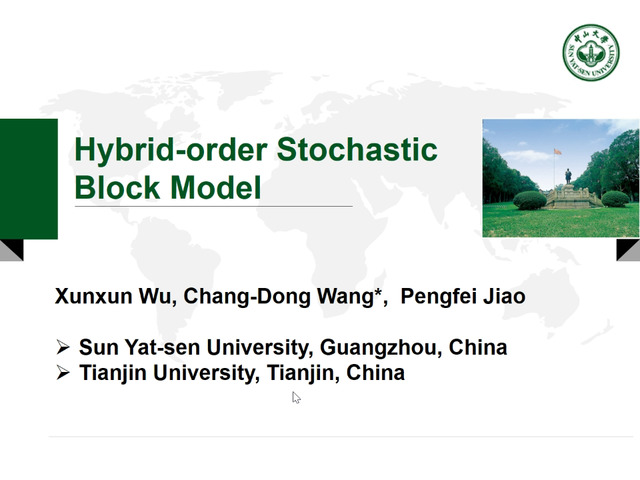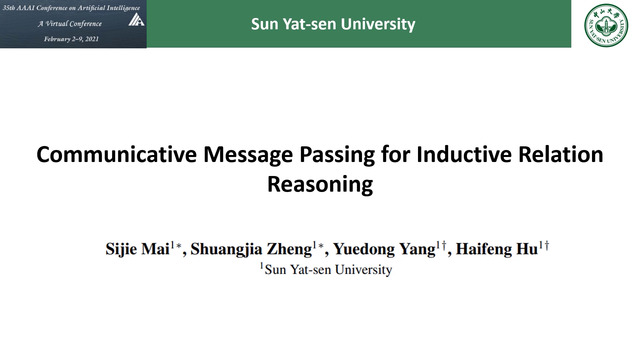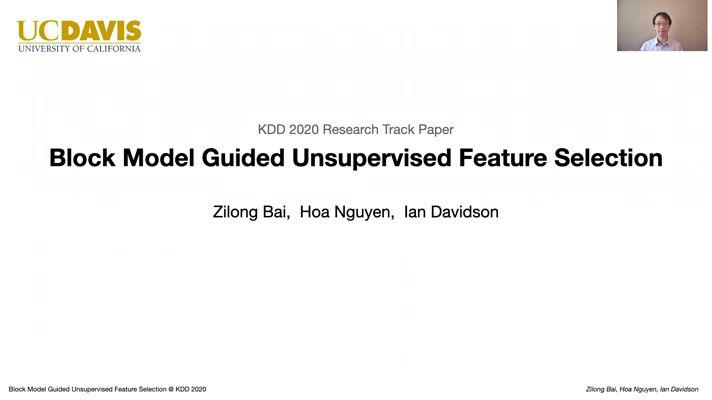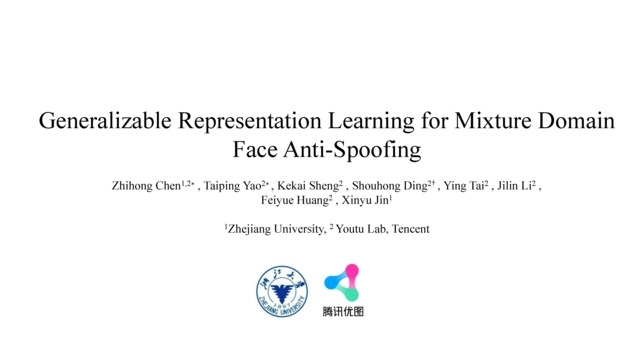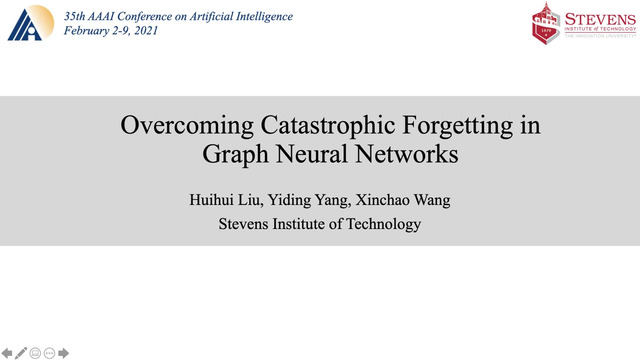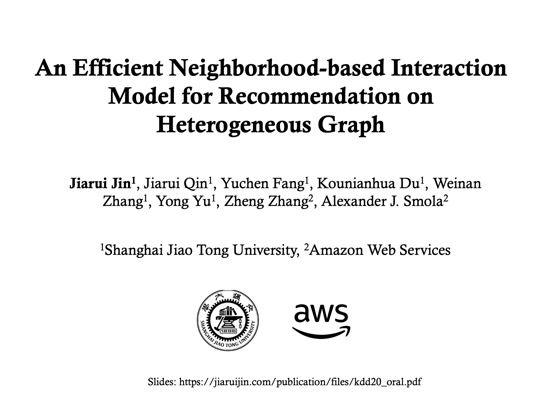Abstract:
Community detection is a research hotspot in machine learning and data mining. However, most of the existing community detection methods only rely on the lower-order connectivity patterns, while ignoring the higher-order connectivity patterns, and unable to capture the building blocks of the complex network. In recent years, some community detection methods based on higher-order structures have been developed, but they mainly focus on the motif network composed of higher-order structures, which violate the original lower-order topological structure and are affected by the fragmentation issue, resulting in the deviation of community detection results. Therefore, there is still a lack of community detection methods that can effectively utilize higher-order connectivity patterns and lower-order connectivity patterns. To overcome the above limitations, this paper proposes the Hybrid-order Stochastic Block Model (HSBM) from the perspective of the generative model. Based on the classical stochastic block model, the generation of lower-order structure and higher-order structure of the network is modeled uniformly, and the original topological properties of the network are maintained while using higher-order connectivity patterns. At the same time, a heuristic algorithm for community detection is proposed to optimize the objective function. Extensive experiments on six real-world datasets show that the proposed method outperforms the existing approaches.
